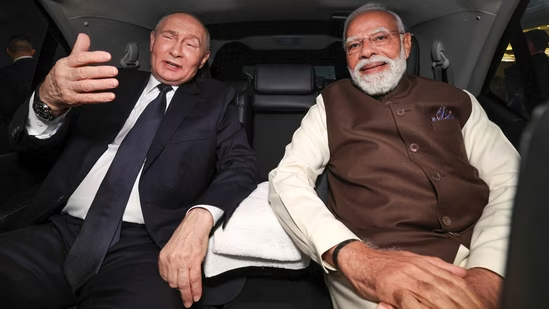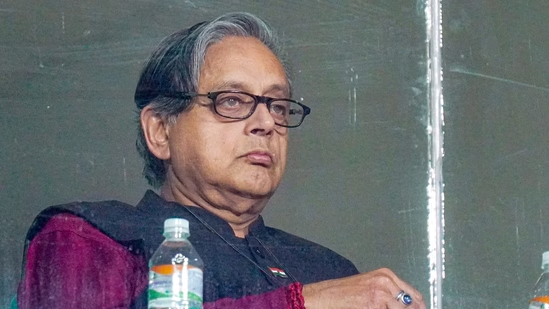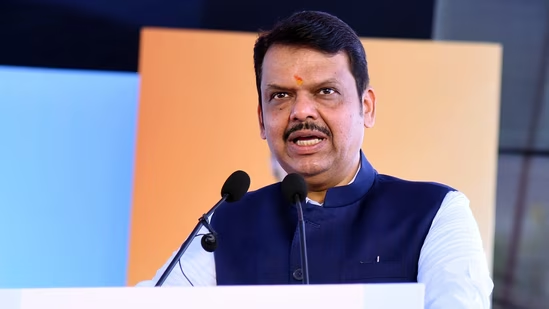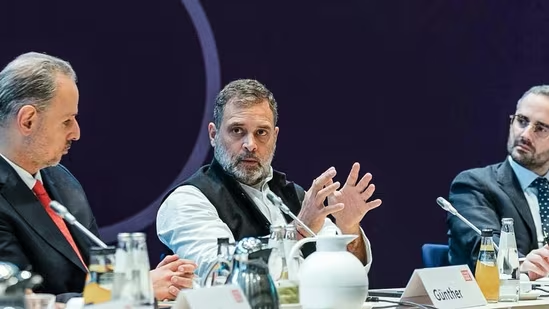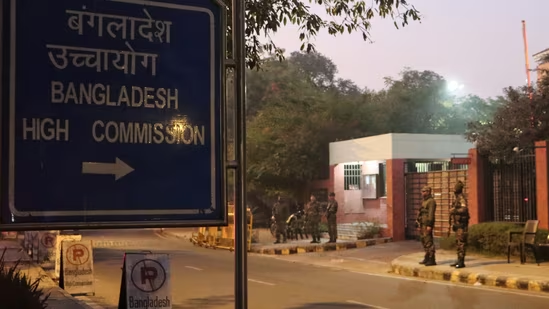Explore the deepening US-India defence partnership, focusing on regional security, joint production, and emerging domains like AI and space in the Indo-Pacific region.
The Evolving US-India Defence Partnership
The evolving landscape of global and regional security has necessitated a significant expansion in the defence partnership between the United States and India. This dynamic relationship is rapidly advancing, responding to emerging security challenges and aligning closely with mutual strategic interests, particularly in the Indo-Pacific region. The recent visit of India’s Defence Minister, Rajnath Singh, to the United States from August 23-26 underscores the deepening ties between the two nations, focusing on new dimensions of collaboration that extend beyond traditional defence deals.
Strengthening Regional Security in the Indo-Pacific
The Indo-Pacific region remains a critical arena for both regional and global security, with the US and India playing pivotal roles in shaping a stable and secure environment. As the geopolitical center of gravity shifts towards the Indo-Pacific, both nations have recognized the importance of enhancing their defence partnership to maintain a free and open region. This partnership is not just about safeguarding supply chains or advancing critical technologies; it’s about creating a security architecture that can withstand the pressures of an increasingly complex international landscape.
One of the key outcomes of Rajnath Singh’s visit was the agreement to expand operational coordination between India and the United States. This includes the strategic placement of Indian liaison officers at US commands, a move designed to enhance regional security coordination and domain awareness.
The inclusion of Indian officers at the US Information Fusion Centre for the Indian Ocean Region (IFC-IOR) is particularly noteworthy. This initiative addresses the limitations of any single nation’s capacity to monitor the vast Indo-Pacific region in real-time, providing a collaborative framework for sharing critical information and ensuring a robust security presence.
India’s growing role in the Indian Ocean, particularly as a member of the Combined Maritime Force (CMF), further underscores its commitment to regional security. With India set to assume leadership of the Combined Task Force 150 in 2025, its stake in maintaining and enhancing security in the region has never been higher.
This leadership role not only solidifies India’s position as a key player in the Indo-Pacific but also demonstrates its willingness to take on greater responsibilities in ensuring freedom of navigation and the rule of law in these strategic waters.
Expanding the Scope of Major Defence Partnership
The defence relationship between the US and India has traditionally been anchored by major defence deals. However, the recent visit highlighted a shift towards a more comprehensive partnership, one that integrates traditional security ties with emerging strategic elements.
This is evident in the efforts to reignite the Defense Trade and Technology Initiative (DTTI), which aims to foster joint production and development of advanced defence technologies.
The US-India Roadmap for Defense Industrial Cooperation, which was solidified during the visit, marks a significant step forward in this regard. This agreement encompasses joint production of jet engines, unmanned platforms, munitions, and ground mobility systems, setting the stage for deeper industrial collaboration.
These efforts are further supported by the upcoming third summit of the India-U.S. Defense Acceleration Ecosystem (INDUS-X), which will focus on expanding cooperation in undersea and space-related domains.
The reinvigoration of the DTTI is particularly significant as it seeks to integrate the defence industrial bases of both nations. This initiative, which had lost momentum in recent years, is now being revitalized with the goal of promoting co-development, co-production, and co-sustainment of defence technologies. The upcoming DTTI meeting, to be hosted by the US Under Secretary of Defense for Acquisition and Sustainment, will bring together government and private stakeholders from both countries, providing a platform for advancing these collaborative efforts.
The Security of Supply Arrangement (SOSA): A New Milestone
One of the most consequential outcomes of Rajnath Singh’s visit was the signing of the Security of Supply Arrangement (SOSA), making India the 18th country to enter into this agreement with the United States. SOSA represents a shared long-term vision to seamlessly integrate the defence industrial ecosystems of both nations, ensuring that supply chains are safeguarded from future disruptions.
SOSA not only complements the Major Defense Partnership (MDP) and the DTTI but also establishes structural and institutional assurances for defence supplies, guided by the US Defense Priorities and Allocations System (DPAS). This arrangement is designed to provide stability to defence supply chains, particularly in times of crisis, by facilitating more frequent communication and proactive measures between working groups from both countries.
For India, SOSA presents an opportunity to develop a common code of conduct for both government and industry stakeholders, prioritizing critical supplies to the US on a voluntary basis. This agreement is a testament to the growing trust and interdependence between the two nations, laying the groundwork for a more resilient and integrated defence partnership.
Leveraging the Indian Diaspora as a Strategic Asset
The reference to the Indian diaspora in the United States as a ‘living bridge’ by Defence Minister Rajnath Singh reflects the broader context of the growing defence relationship between the two countries. The Indian diaspora, which has long been a vital link between the two nations, is now being recognized as a strategic asset in advancing defence innovation and cooperation.
This year marks the first anniversary of the US-India INDUS-X Initiative, a platform aimed at building a defence innovation bridge between the two countries under the Initiative on Critical and Emerging Technology (iCET). By connecting researchers, investors, and defence tech companies from both nations, INDUS-X is fostering an environment where private capital can be harnessed for defence innovation, driving forward the technological edge of both countries.
Focusing on Advanced Defence Domains
As global security threats evolve, so too must the strategies to counter them. The second US-India Advanced Domains Defense Dialogue (AD3), held earlier this year, highlighted the importance of coordination in emerging defence areas such as space, cyber, and artificial intelligence. This dialogue underscored the need for both nations to collaborate closely in these advanced domains, identifying critical sub-sectors for potential industrial collaboration.
Rajnath Singh’s visit to the Naval Surface Warfare Center in Memphis, accompanied by a delegation from the Defence Research and Development Organisation (DRDO), signals a potential pathway for co-learning and development in these advanced defence domains. The acquisition of sonobuoys from the US, aimed at boosting India’s Anti-Submarine Warfare (ASW) capabilities, is a clear example of how this collaboration is translating into tangible security benefits.
The joint production of General Atomics’ MQ-9B remotely piloted aircraft systems and the co-production of GE F414 jet engines in India are among the next major goals for both nations. These projects represent not just a deepening of the defence partnership but also a significant step towards enhancing India’s indigenous defence capabilities.
The Road Ahead for US-India Defence Relations
Rajnath Singh’s visit to the United States has once again underscored the central role that defence plays in shaping the trajectory of US-India bilateral engagement. While traditional defence deals continue to be a cornerstone of this relationship, there is a clear shift towards a more integrated and strategic partnership. This new phase of the US-India defence relationship is characterized by a focus on emerging domains, joint production initiatives, and a commitment to safeguarding supply chains.
As both nations navigate the complexities of the current global security environment, their defence partnership will be crucial in ensuring stability and security in the Indo-Pacific region and beyond. With the foundation laid during this visit, the US and India are well-positioned to continue expanding their defence cooperation, addressing new challenges, and shaping a secure future together.









